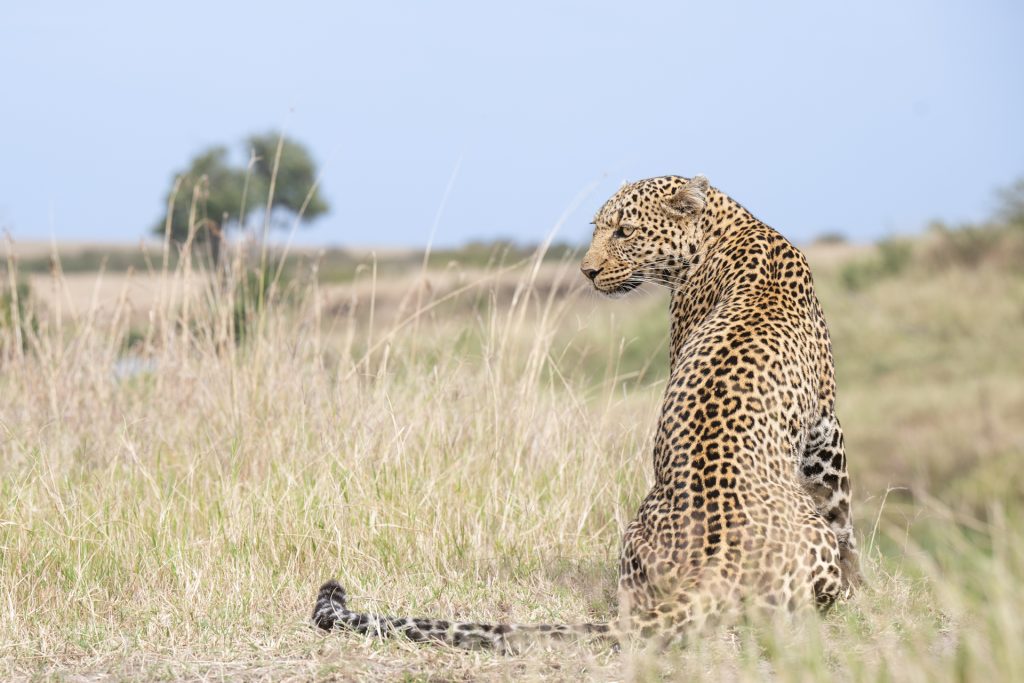In the vast plains of Africa, an annual spectacle of life’s myriad cycles takes place. It is a ritual so grand in scale that it has been dubbed one of the greatest natural wonders of the world. This is the Great Migration, a journey undertaken by millions of blue wildebeest, thundering across the savannas in a continuous quest for food and water. Let’s immerse ourselves in the marvel of wildebeest migration and celebrate the profound beauty of nature’s grand parade.
Unveiling the Magic of Blue Wildebeest Migration
The Great Migration is primarily led by the blue wildebeest, an antelope species renowned for their resilience and instinct for survival. Each year, around 1.5 million wildebeest embark on this epic journey, forming a striking, dark river of life that stretches as far as the eye can see. The spectacle begins in the southern Serengeti, Tanzania, where the wildebeest are born en masse in February. This synchronized birthing, in itself, is a sight to behold, with half a million calves being born within a span of only three weeks.
The migration is a testament to nature’s cyclical dance of life and death, an intricate ballet choreographed by the seasons. As the rains recede and the grasslands of the southern Serengeti dry up, the wildebeest set off northward in search of greener pastures. As daunting as the journey is with threats from predators and the formidable Mara River crossing, the determination of these creatures is awe-inspiring. The sight of thousands of wildebeest battling the currents, dodging crocodiles, and forging through to reach the other side is simply unforgettable.
Celebrating Nature’s Grand Parade: A Journey into the Wild
The Great Migration is more than just a journey; it’s a celebration of the immense wonder and raw beauty of nature. As the wildebeest traverse the landscapes, they also shape them, grazing the grasslands and fertilizing the soil with their droppings. This cycle aids in maintaining the health and diversity of the savanna ecosystem, showing us that every creature plays a crucial role in the fate of our planet.
The scale and drama of the migration also attract predators, presenting a thrilling spectacle of the circle of life. Lions, hyenas, and other predators lurk along the way, awaiting their chance to strike. This drama unfolds as an intense survival game, showcasing the harsh yet fascinating realities of the wild. Yet, despite the risks, the wildebeest continue their journey undeterred, embodying the resolve and resilience of life itself.
The blue wildebeest migration is a captivating spectacle of nature, a powerful reminder of the cyclical rhythms of life and the interconnectedness of all beings. As we marvel at this grand parade, we also recognize the urgent need to safeguard these natural phenomena for future generations. The Great Migration is not just a display of nature’s grandeur but also a poignant call to protect and preserve the wild in all its raw, untamed beauty. So, let us continue to celebrate and respect the remarkable journey of the blue wildebeest, a symbol of the enduring spirit of life in the wild.

